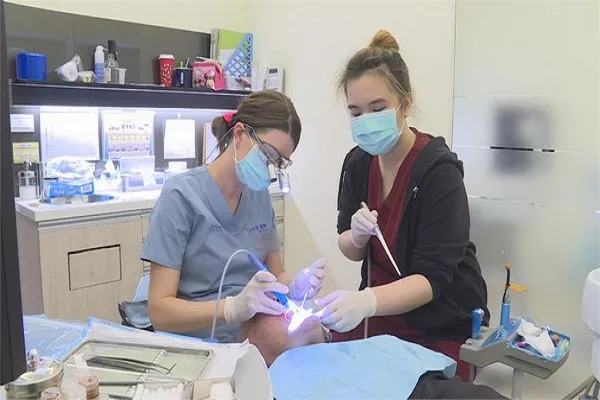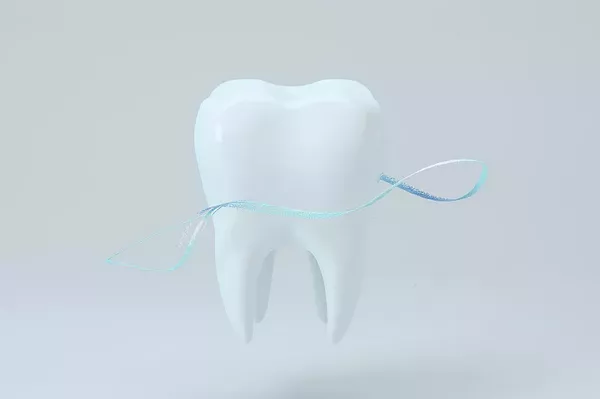Dental implants have become a popular and effective solution for individuals seeking to replace missing teeth. While the benefits of dental implants are numerous, many prospective patients find themselves questioning the financial aspect of this transformative dental procedure. In this comprehensive article, we will explore the typical cost of a dental implant, considering various factors that contribute to the overall expense.
1. Breaking Down the Components of Dental Implant Cost
Understanding the cost of a dental implant involves delving into the various components that contribute to the overall expense. These components include:
a. Implant Fixture: The Foundation
The implant fixture, usually made of titanium, serves as the foundation for the dental implant. This component is surgically placed into the jawbone, providing a stable anchor for the prosthetic tooth.
b. Abutment: Connecting the Implant to the Crown
The abutment is the connector between the implant fixture and the prosthetic crown. It is often custom-made to ensure a seamless fit, enhancing both functionality and aesthetics.
c. Prosthetic Crown: Mimicking Natural Teeth
The prosthetic crown is the visible part of the dental implant, designed to look and function like a natural tooth. It is typically made from durable materials such as porcelain or ceramic.
2. Factors Influencing Dental Implant Cost
Several factors play a pivotal role in determining the overall cost of a dental implant. These factors vary from patient to patient and include:
a. Number of Implants Needed
The number of missing teeth to be replaced directly affects the overall cost. Patients requiring multiple implants will incur a higher expense compared to those needing a single implant.
b. Bone Grafting and Preparatory Procedures
Insufficient jawbone density may necessitate bone grafting procedures before implant placement. These additional preparatory steps contribute to the overall cost of the dental implant process.
c. Location and Expertise of the Dental Professional
The geographical location of the dental clinic and the expertise of the dental professional performing the procedure can significantly impact the cost. Urban areas and highly skilled professionals may command higher fees.
d. Material Selection
The materials chosen for the implant fixture, abutment, and prosthetic crown contribute to the overall cost. High-quality and durable materials often come with a higher price tag.
3. Average Cost Ranges for Dental Implants
While dental implant costs can vary widely, it is helpful to have a general understanding of the average cost ranges:
a. Single Tooth Implant
On average, the cost for a single tooth implant can range from $3,000 to $6,000. This estimate includes the implant fixture, abutment, and prosthetic crown.
b. Multiple Tooth Implants (Full Arch)
Patients requiring multiple tooth implants, such as a full arch replacement, can expect a higher overall cost. The range for full arch implants typically falls between $15,000 and $30,000.
c. Additional Costs
Patients should be aware of potential additional costs, including consultations, diagnostic imaging, anesthesia, and follow-up appointments. These additional expenses can vary based on the individual case.
4. Financing Options and Dental Insurance Coverage
Understanding that the cost of dental implants can be a significant investment, patients may explore various financing options and inquire about dental insurance coverage. Some considerations include:
a. Dental Insurance
Dental insurance coverage for implants varies, with many plans offering limited or no coverage for elective procedures. Patients are advised to carefully review their insurance policies and discuss coverage with their provider.
b. Flexible Spending Accounts (FSAs) and Health Savings Accounts (HSAs)
Patients may use funds from FSAs or HSAs to cover dental implant expenses. These accounts allow individuals to set aside pre-tax dollars for medical expenses, including certain dental procedures.
c. Payment Plans and Financing
Many dental clinics offer flexible payment plans or financing options to help patients manage the cost of implants. Researching these options and discussing them with the dental provider can ease the financial burden.
5. The Importance of Considering Long-Term Benefits
While the upfront cost of dental implants may seem significant, it is essential to consider the long-term benefits they provide. Dental implants offer durability, functionality, and aesthetics that can contribute to improved oral health and overall well-being. The long-lasting nature of dental implants makes them a valuable investment in one’s quality of life.
Conclusion
In conclusion, the typical cost of a dental implant varies based on several factors, including the number of implants needed, preparatory procedures, location, and materials used. Patients considering dental implants should thoroughly research and discuss all aspects of the procedure with their dental professional. While the upfront cost may be a consideration, the long-term benefits and improved quality of life associated with dental implants make them a worthwhile investment for many individuals. By understanding the components of the cost, exploring financing options, and considering the lasting benefits, patients can make informed decisions regarding their dental health and well-being.
What Is Bone Graft For Tooth Implant
How Much Is A Porcelain Tooth Implant
What Is An All On 4 Dental Implant
































